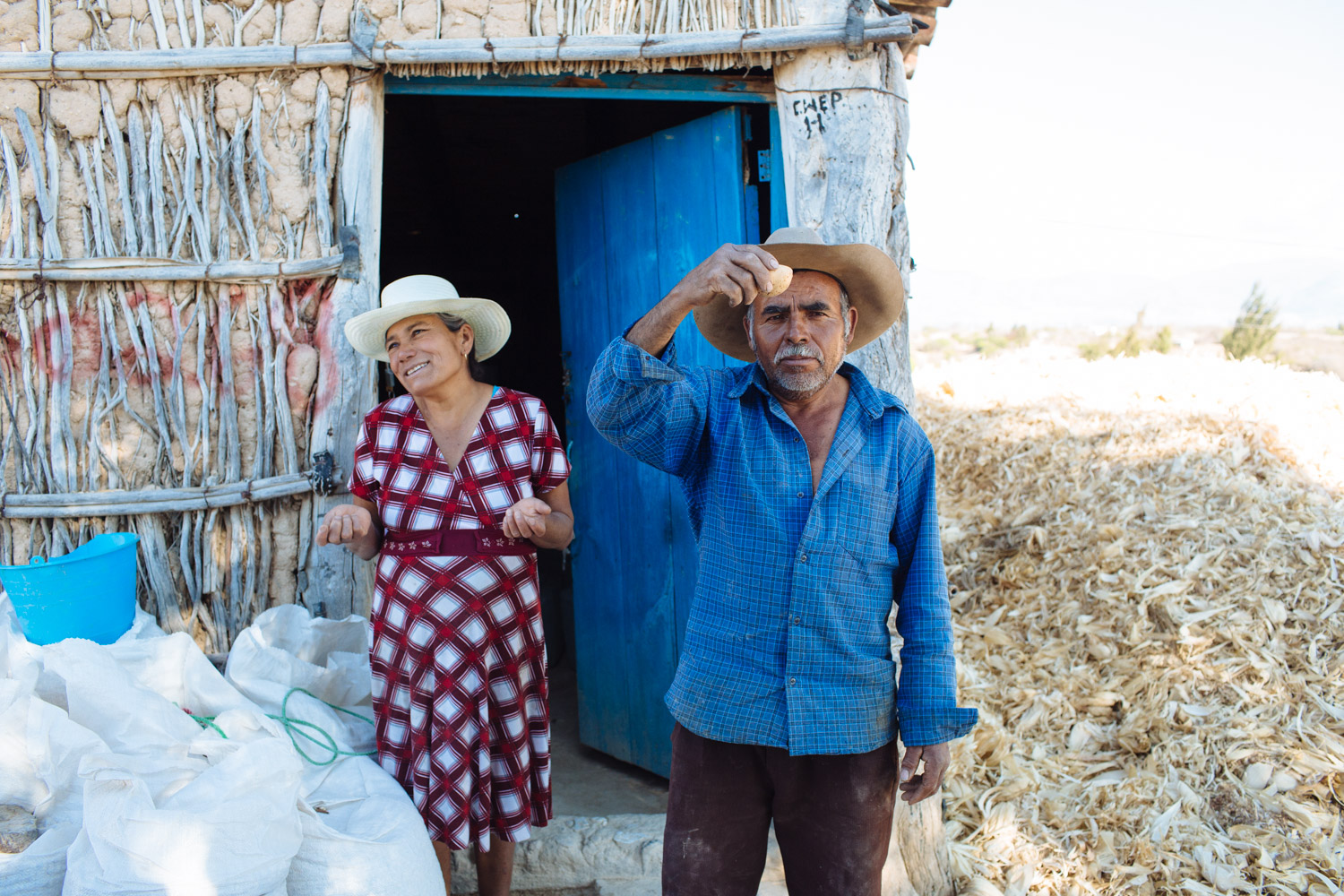The Spirit of Oaxaca
Stay Wild
Until recently, I was just a girl wandering through life thinking mezcal was some smoky liquor — the jury was still out on if I even liked mezcal. Two trips to Oaxaca and nine palenques (distilleries) later, I can tell you that mezcal production is something so unique and special to Mexico that all I want to do is spread the good word.
Mezcal is made from agave, the same plant tequila is made from. Tequila can only be made from one type of agave — the blue agave — but mezcal can be made from any species of agave that has fermentable sugars. So when you taste mezcal, be sure to ask what agave plant you are tasting. It’s like when you taste wine, you are essentially sampling the grape variety. Tasting mezcal is very similar, and each agave has its own distinct flavor.
Agave is an amazing plant. Depending on the species, it can take anywhere from seven to 25 years to mature. Yes, I said 25 years (that would be the tepeztate species).
The tradition of making mezcal started with farmers. Even though the demand has increased since then, most producers have not industrialized their process. This means it still requires a lot of man and animal power to produce.
The center of the agave is called the “piña.” This is the part of the plant that is cooked and then later distilled. I saw agave piñas so big it took four full grown men to carry one.
The agave are cooked in the ground in a giant earth oven. First they heat rocks over a fire until they are glowing red and then start loading the oven. It’s then covered with dirt and the piñas continue to bake for nearly a week.
After they’re cooked, it’s time to mill the piñas. The most common way is with a giant stone wheel called a “tahona,” which is powered by a horse, cow, or donkey. The other method is to pound the piñas into the ground by hand with what looks like a Flintstones club.
After the piñas are milled, everything is moved to a tank where water is added and the fermentation occurs over three or so days.
Next, you distill (this is a story for another day) and then enjoy — “a besos!” This is short for “Mezcal se toma a besos,” which translates to “You kiss the mezcal, savor it slowly.” Sometimes the pour is very generous and sometimes there are 15 different types of mezcal to try. In four days of touring multiple palenques, two of those days had questionable endings. Like scream-singing “Africa” by Toto in the back of a van or hanging my head out the window like a dog for an hour drive back to the city. What can I say — it’s rude to refuse the maestros (distillers) if they offer you mezcal.
Even though my Spanish is horrible, the pride and love these maestros have for their spirit easily translates, as well as the joy they take in sharing it. When you walk away from a mezcal palenque, you feel like you’ve met family who have welcomed you into their home and shared something with you that is truly dear to them. If you go to Oaxaca, do yourself a favor and don’t just go to a bar and taste mezcal. Go experience it.
Learn more // Experiencemezcal.com














